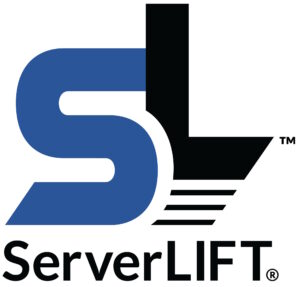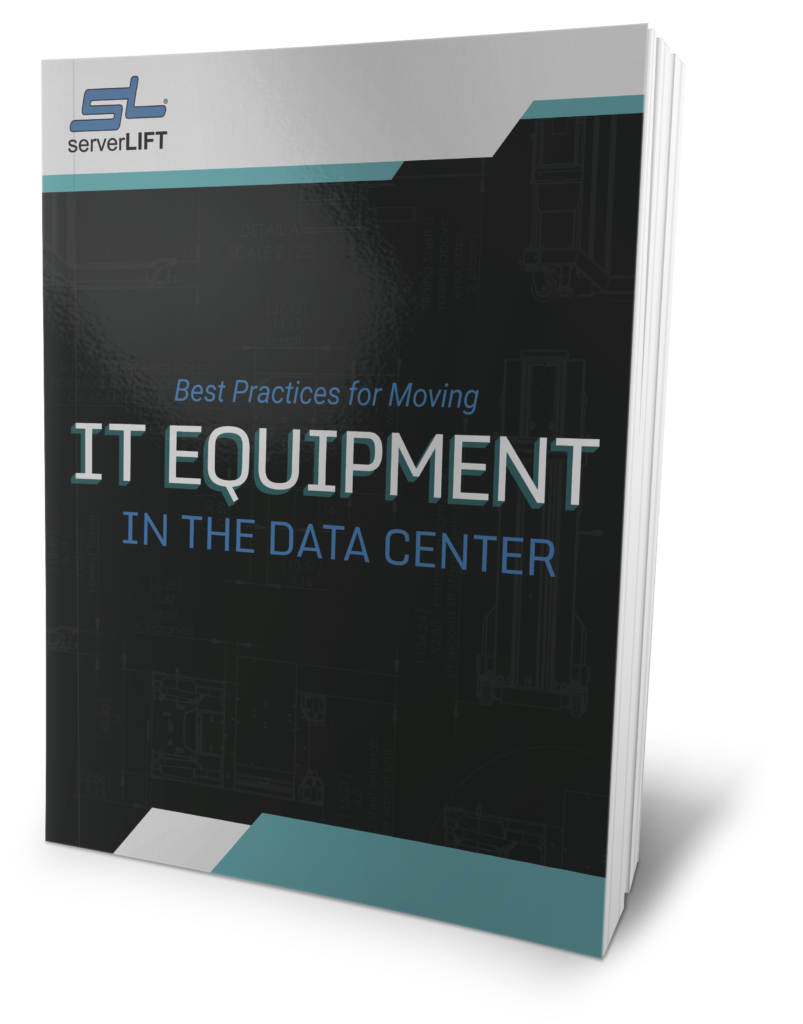ServerLIFT® recently partnered with the Uniwersytet Alaski to improve safety and efficiency in the data center by donating a brand new ServerLIFT® [SL-500C] server handling lift.
ServerLIFT®‘s Director of Sales, Steve Bashkin says, “The donation will enable this small team to make significant progress. While serving major clients, the University of Alaska is run by a professional staff. Up until now, they’ve been forced to complete projects with the help of an inadequate, warped data center lift. This team will now complete their assignments on time and move their heaviest equipment quickly, without additional problems.”
“For the first time, we will be agile enough to complete installs with just one operator on shift,” says University of Alaska’s Derek Ward, Manager, Office of IT – Data Center Operations. “We have faced a reduction in resources, specifically staffing. We are very grateful for this assistance from ServerLIFT® and their donation.”
Ward first got in touch with Bashkin and the ServerLIFT® team at the Data Center World Conference in Texas. “I didn’t even know that a lift existed until that first conversation,” notes Ward. “This reliable, pristine data center lift will allow us to execute installs across all shifts and meet important delivery goals.”
Największe centrum danych na Alasce to obiekt o powierzchni 12 tys. Stóp kwadratowych zlokalizowany na terenie kampusu University of Alaska. Zbudowany w 1993 roku, mieści ponad 110 szaf i obsługuje klientów w całym stanie, w tym Alaska Satellite Facility, Alaska Earthquake Center i Alaska Volcano Observatory wraz z wieloma oddziałami University of Alaska.
Do niedawna transport, pozycjonowanie, instalacja i usuwanie serwerów było trudne dla tego małego zespołu centrum danych. Połączenie niewielkiej liczby pracowników, niewystarczającego sprzętu do podnoszenia i ręcznego podnoszenia stworzyło środowisko centrum danych, w którym projekty były opóźnione, a operatorzy i serwery byli narażeni na obrażenia. Użycie starego ręcznego urządzenia podnoszącego, które osiągało maksymalny ciężar 400 funtów, oznaczało, że każdy ruch wymagał wielu operatorów i niebezpiecznego wysiłku fizycznego. Ponadto platforma windy, której używali, nie była już stabilna.
(Oryginalny komunikat prasowy można znaleźć pod adresem PRWeb.)











